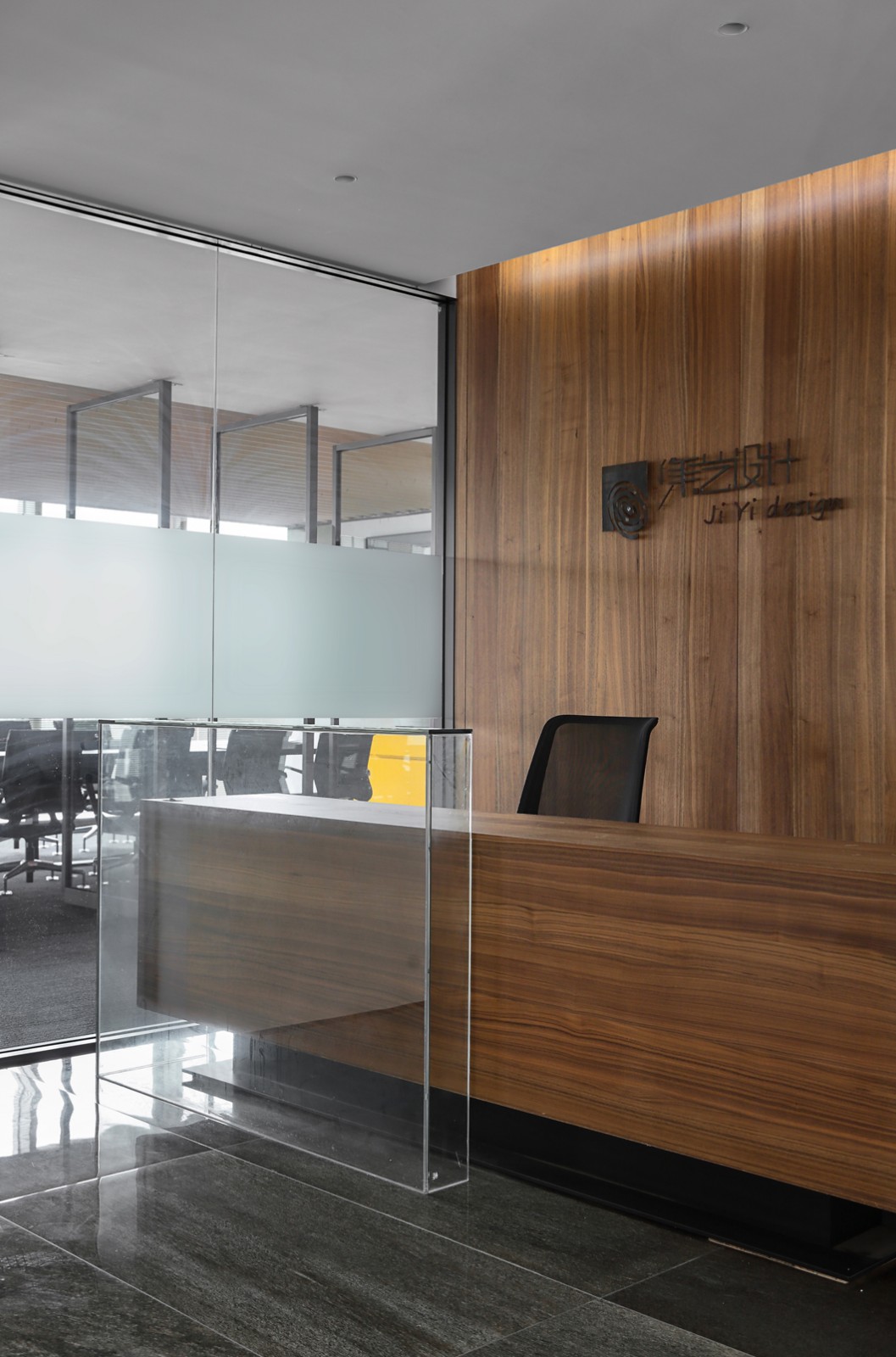AD Classics Puerta de Europa Philip Johnson -amp; John Burgee
2011-09-30 00:00
架构师提供的文本描述。位于西班牙马德里的两座名为普埃尔塔·德欧罗巴一和二的办公大楼无视摩天大楼建筑的典型惯例。由美国建筑师菲利普·约翰逊设计
Text description provided by the architects. The twin office towers known as Puerta de Europa I and II located in Madrid, Spain defy the typical conventions of skyscraper construction. Designed by American architects Philip Johnson & John Burgee and commissioned by the Kuwait Investment Office (KIO), these structural expressionistic towers straddle one of Madrid’s most important boulevards – the Paseo de la Castellana. More details after the break.
© Wikimedia Commons / Quique Huertas
(C)维基媒体公域/基克·韦尔塔斯(Quique Huertas)
位于卡斯蒂拉广场旁边的优质房地产,没有比这两座塔更合适的位置了。然而,为了使建设可行,需要从街道上的一个重大挫折,以清理一个地铁交汇处。一个建筑师可能认为是一个障碍,约翰逊和伯吉认为是一个机会,探索一个非传统的方式的建筑,以实现一个适当的解决方案。因此,在剩余的土地上,他们设计了世界上第一座倾斜的摩天大楼,结构工程由Leslie E.Robertson Associates进行,Fomento de Construcciones y Contratas建造。
Situated on prime real estate next to the Plaza de Castilla, there could not be a more suitable location for these two towers. However, in order for construction to be feasible, a significant setback from the street was required in order to clear a subway interchange. What one architect may see as an obstacle, Johnson and Burgee saw as an opportunity to explore an unconventional avenue of architecture in order to realize a proper solution. Thus, with the remaining plot of land they designed the world’s first inclined skyscrapers, with structural engineering carried out by Leslie E. Robertson Associates and construction by Fomento de Construcciones y Contratas.
这些塔在15度的倾斜处上升到114米,从帕西奥·德拉·卡斯特拉纳上空的基地延伸到30米。60x10x10米混凝土配重位于地下倾斜的对立面,通过电缆连接到顶部,提供必要的阻力来抵消试图推翻塔的力量。结构钢的主要对角线在建筑物的周边和一个加强的中央核心住房,主要垂直循环有助于进一步加强建筑物。二级水平和竖向结构钢构件的作用是加强对角构件,并提供必要的横向稳定。通常,这些元素隐藏在这种类型的构造中。然而,设计团队选择以一种干净但非常信息丰富的方式突出这些元素,从而形成一个可以从行人的角度进行阅读和解码的结构。主要结构为不锈钢,二次水平和垂直构件包覆红色金属。黑色反光幕墙由结构元素之间的填充组成。为了区分这两者,西塔的屋顶上有一个蓝色的直升机停机坪,而东部则安装了一个红色的直升机停机坪。
Rising to 114 meters at an incline of 15 degrees, these towers stretch 30 meters from their base over Paseo de la Castellana. A 60x10x10 meter concrete counterweight located on the opposite side of inclination underground and connected to the top by cable provides the necessary resistance to counteract the forces trying to overturn the towers. A primary diagrid of structural steel on the perimeters of the building and a reinforced central core housing the main vertical circulation serves to further strengthen the buildings. Secondary horizontal and vertical structural steel members serve to strengthen the diagrid members and provide the necessary lateral stability. Typically, these elements are hidden in this type of construction. However, the design team chose to highlight these elements in a clean but very informative manner, resulting in a structure that can be read and deciphered from the pedestrian perspective. The primary structure is clad with stainless steel with the secondary horizontal and vertical members clad with red metal. A dark reflective curtain wall with charcoal mullions comprises the infill between the structural elements. In order to differentiate the two, the west tower features a blue helipad on the roof, while the east was fitted with a red helipad.
© Flickr FreeCat / www.flickr.com/FreeCat
c Flickr FreeCat/www.flickr.com/FreeCat
塔的倾斜不仅可以清除下面的地铁交汇处,还可以保证塔在帕西奥·德·卡斯特拉纳(Paseo De Castellana)下的能见度。由于它们标志着马德里商业区的北端,它们常常被称为通往欧洲的形而上学之门。这种类比非常适合这些塔,因为它们与林荫大道和广场的组合有助于确定空隙、聚集和进入一个交通和行人运动的中心枢纽,以及通往马德里其他地方的门户。有趣的是,它还与马德里中世纪古代门户的相似之处相提并论,如12世纪的普埃尔塔·德索尔(Puerta De Sol)、瓜达拉哈拉(Puerta De Guadalajara)和维加(Puerta De La Vega)。
The inclination of the towers not only serves to clear the subway interchange below, but also guarantees the visibility of the towers down the length of Paseo de Castellana. Since they mark the Northern end of Madrid’s business district, they are often referred to as the metaphysical gateway to Europe. The analogy suits the towers well, as their composition with the boulevard and plaza help define the void, massing, and entry to a central hub of both transportation and pedestrian movement, and the gateway to the rest of Madrid. Interestingly, it also parallels the likeness of ancient medieval gateways of Madrid such as the Puerta de Sol, Puerta de Guadalajara, and Puerta de la Vega of the 12thcentury.
菲利普·约翰逊(PhilipJohnson)和约翰·伯吉(JohnBurgi)打破垂直线性模式的决定,导致了一种不同于其他建筑的建筑。他们的结构表现主义品质提供了信誉和诚实的形式和功能,许多塔根本忽视。这两座标志性的摩天大楼继续大胆地挑战地心引力定律,无疑在接下来的十年里为众多倾斜的塔楼提供了灵感。
Philip Johnson and John Burgee’s decision to break the mold of vertical linearity resulted in a construction unlike any other. Their structural expressionistic qualities lend credibility and honesty of form and function that many towers simply ignore. These two iconic skyscrapers continue to boldly defy the laws of gravity, and have undoubtedly served as inspiration for the numerous canted towers in the following decade.
© www.es.wikiarquitectura.com
http:/www.es.wikiarqufigtura.com
 举报
举报
别默默的看了,快登录帮我评论一下吧!:)
注册
登录
更多评论
相关文章
-

描边风设计中,最容易犯的8种问题分析
2018年走过了四分之一,LOGO设计趋势也清晰了LOGO设计
-

描边风设计中,最容易犯的8种问题分析
2018年走过了四分之一,LOGO设计趋势也清晰了LOGO设计
-

描边风设计中,最容易犯的8种问题分析
2018年走过了四分之一,LOGO设计趋势也清晰了LOGO设计






































































